Daily Slideshow: Is the Dyna Really Dead?
The Harley-Davidson Dyna line was discontinued for the 2018 model year, but is it actually dead? I'm not so sure it is.
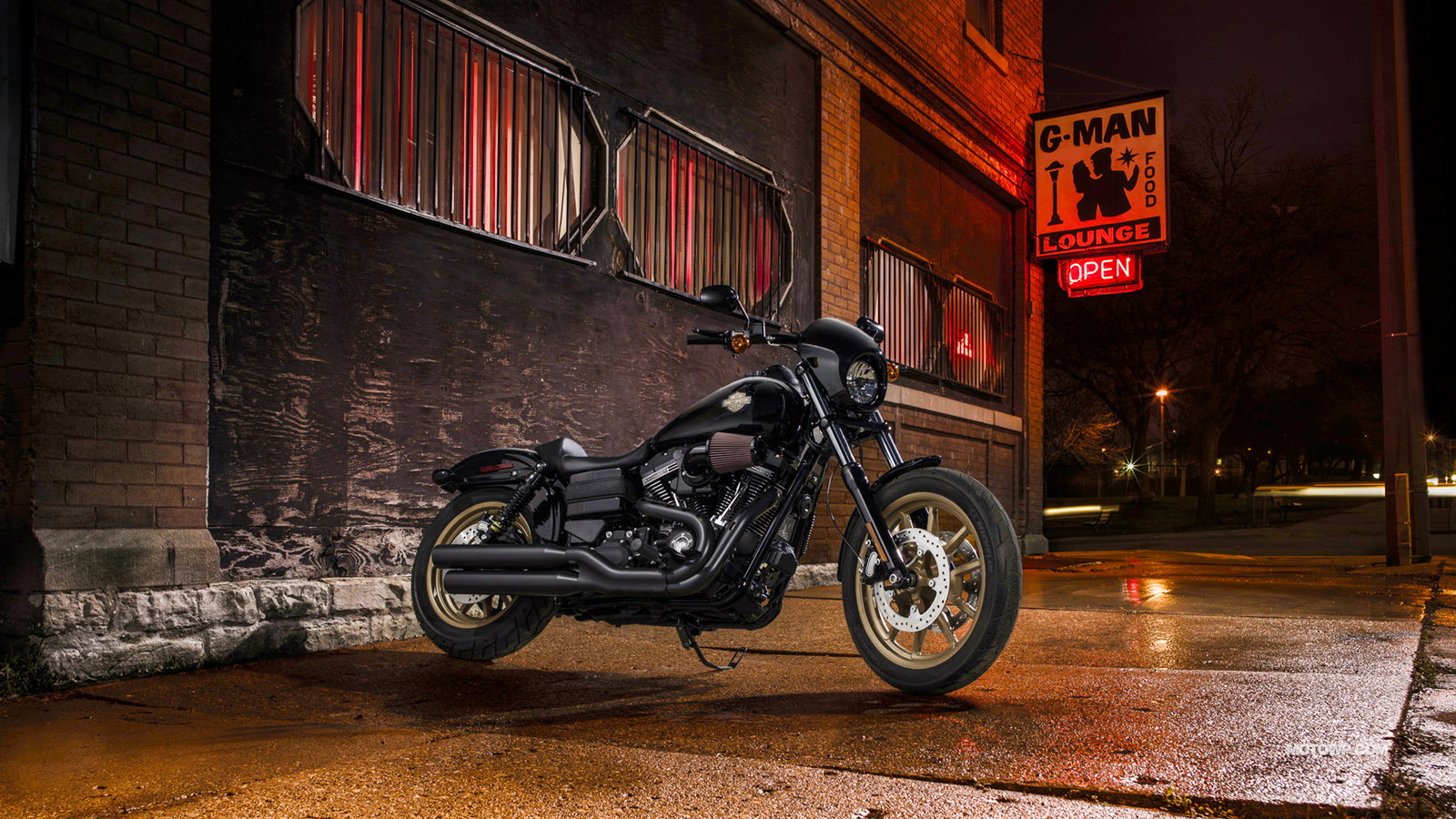
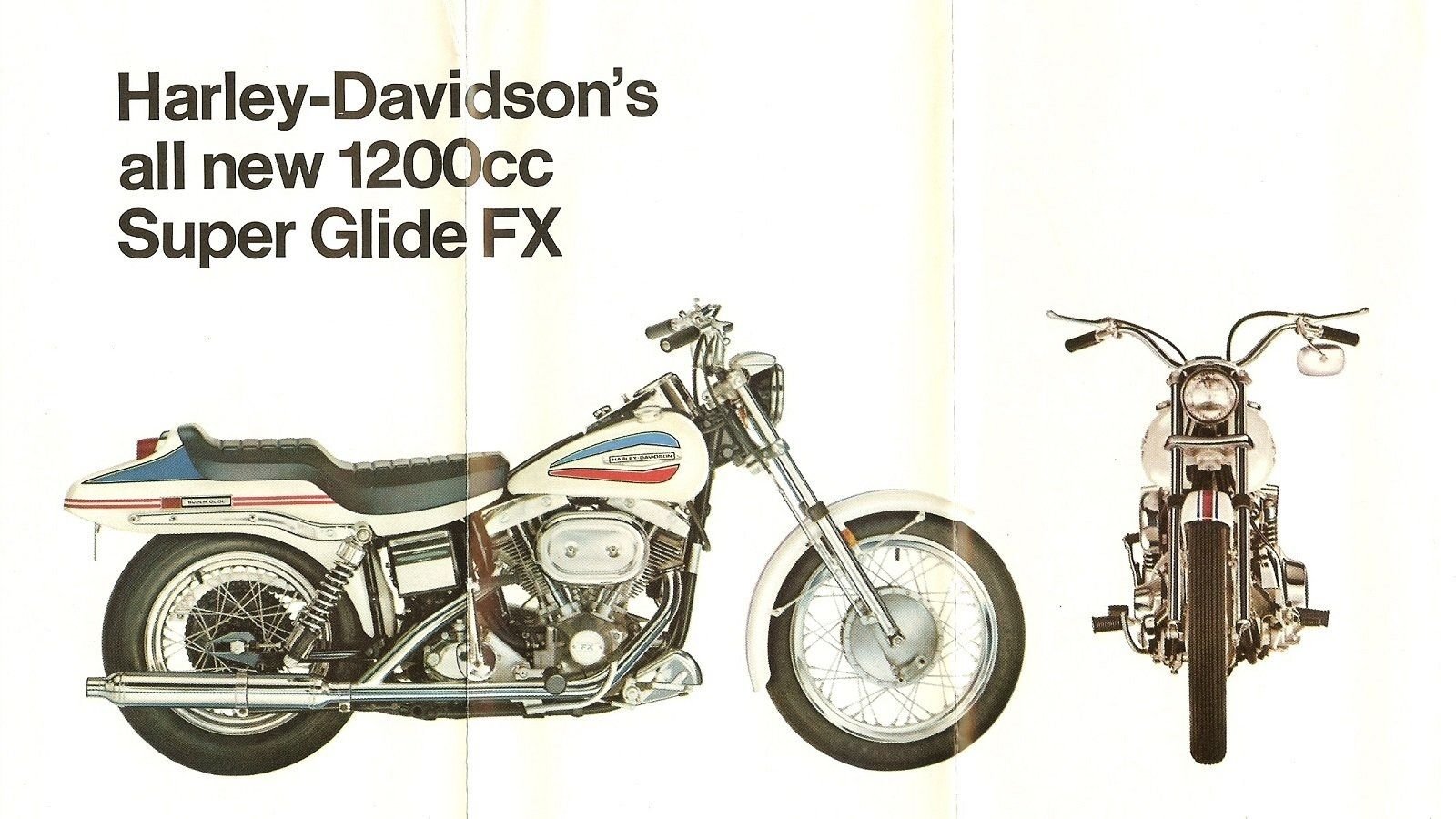

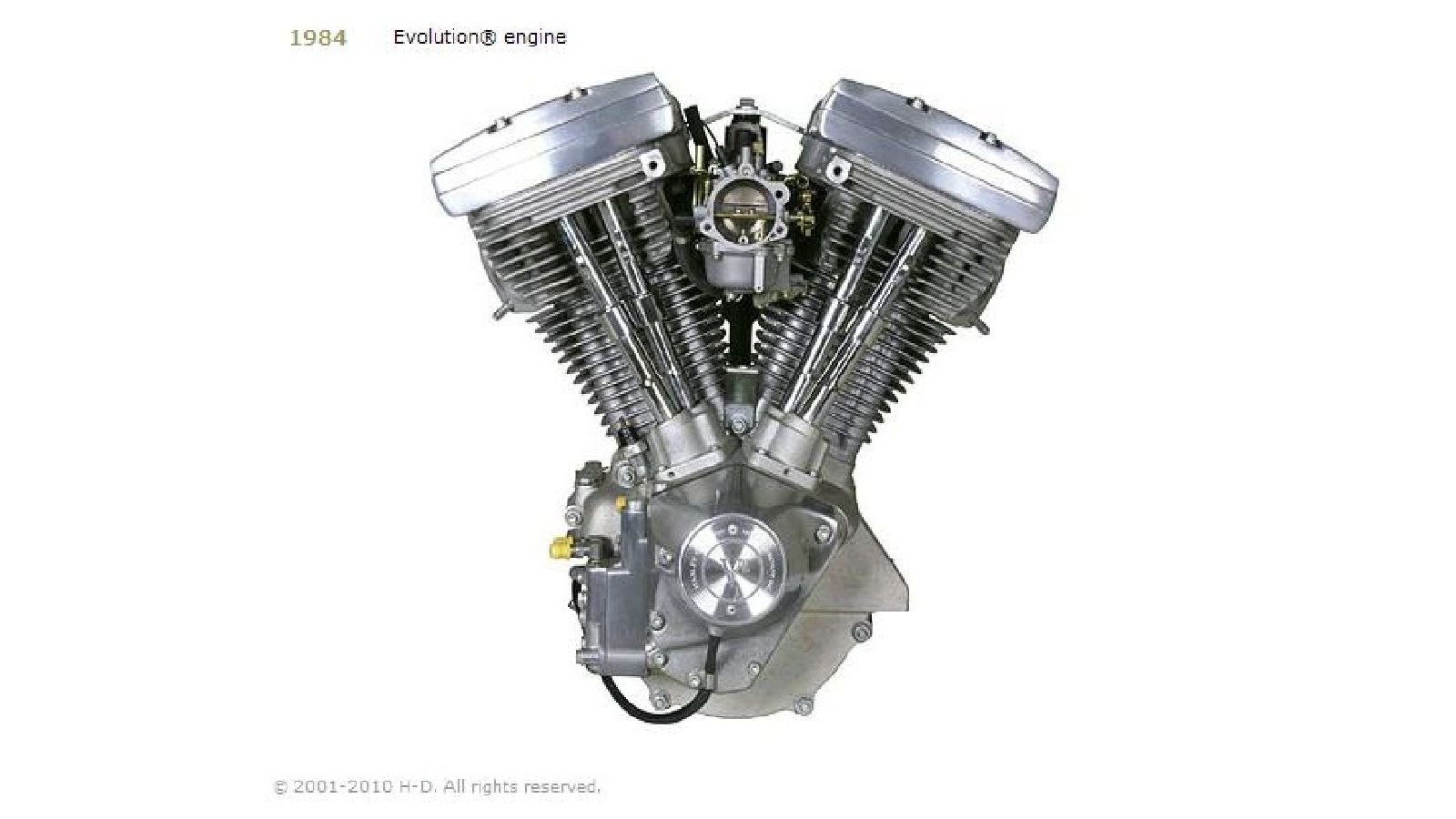
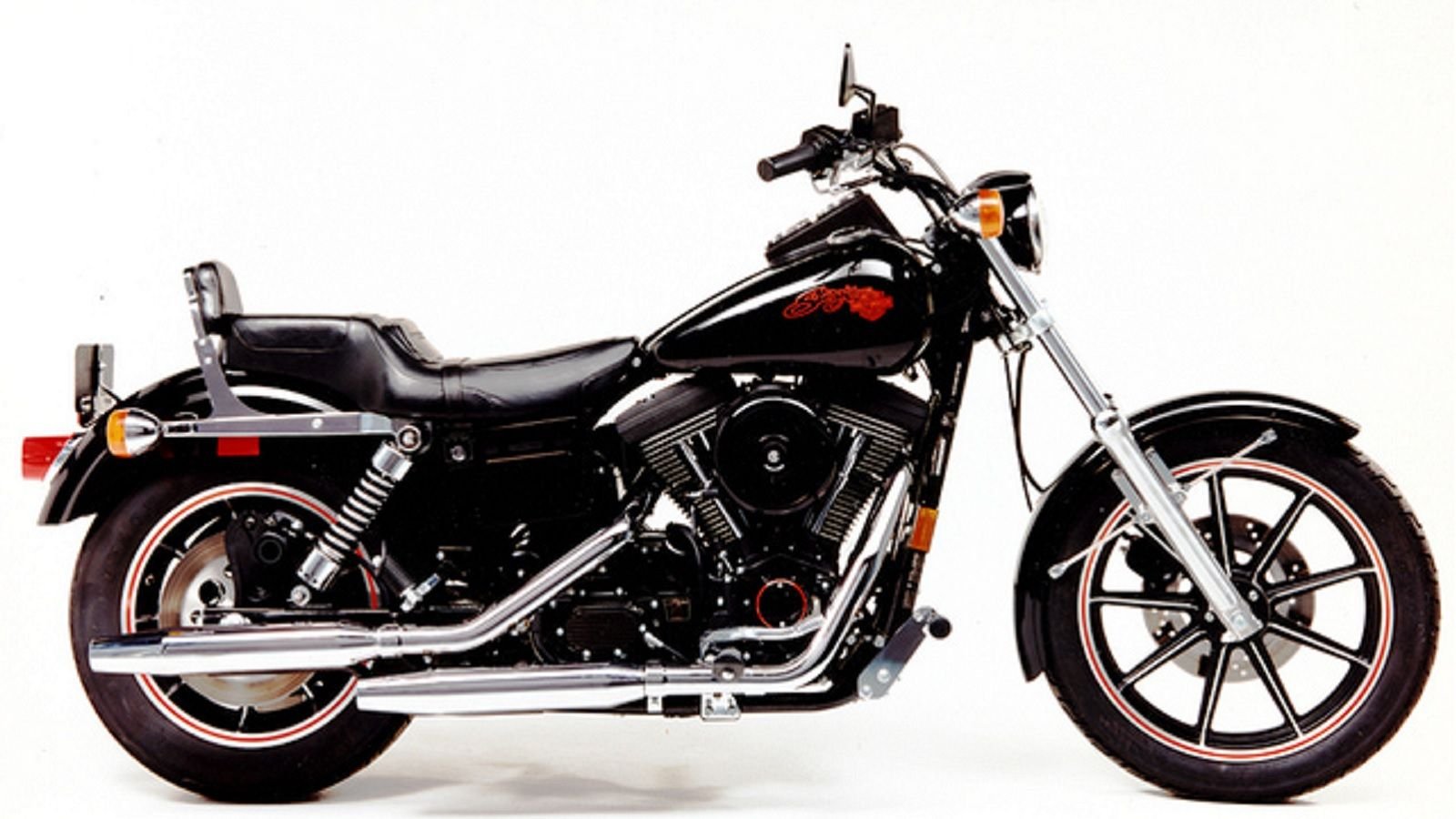



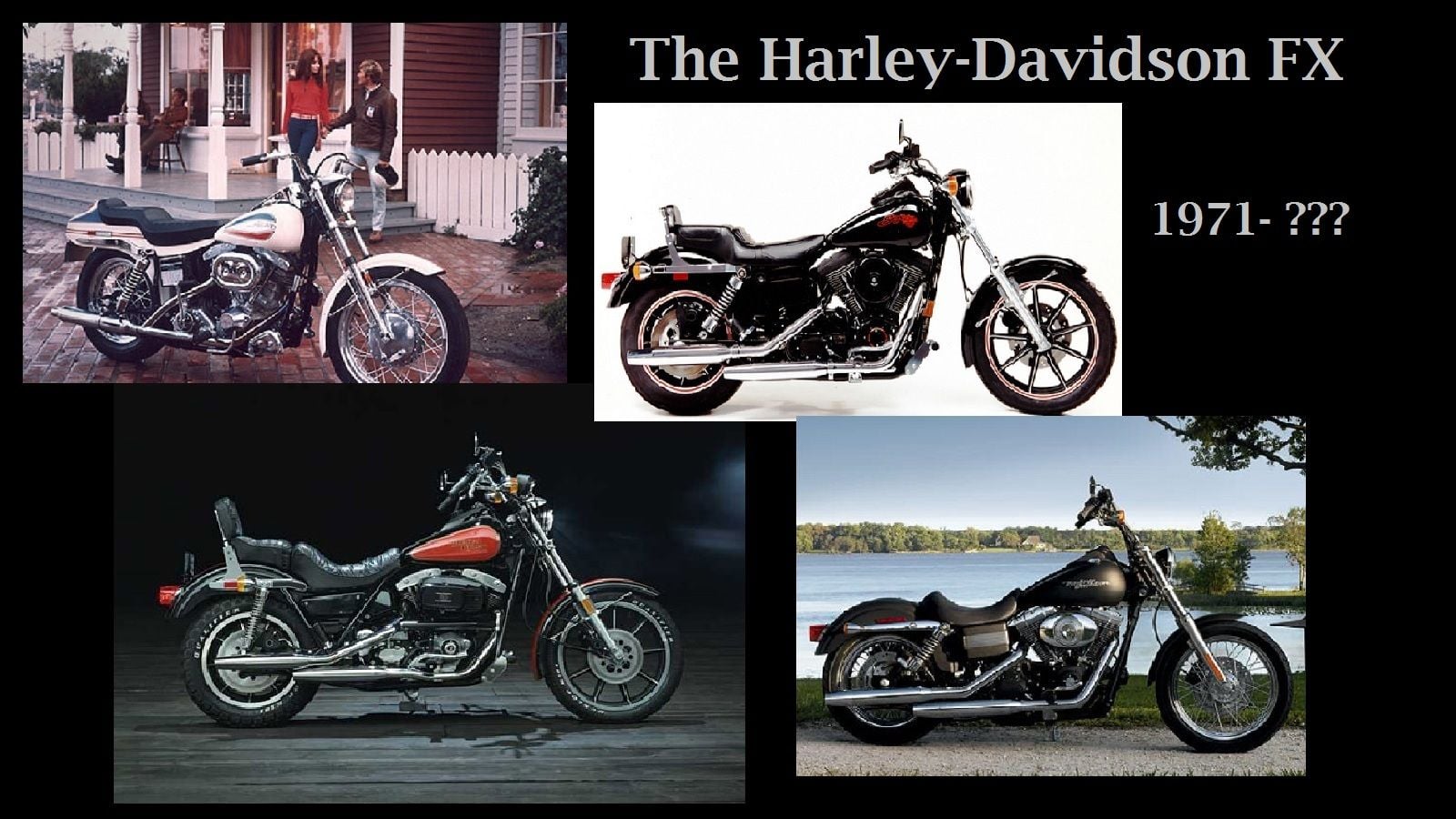









It couldn't be...
Dyna, by definition, means power. Think about that for a moment. A motorcycle named Power. The Harley-Davidson Dyna line was officially born unto the motorcycling world in 1991 and became an instant success. It's small, lightweight, no-nonsense frame, big twin power and simple overall design made for a fun, nimble, badass platform that oozed cool. So, did the MoCo really kill this beloved machine, or are they just redesigning it behind closed doors in Milwaukee?
>>Join the conversation about the perceived death of the Dyna right here in Harley-Davidson Forums!
The lineage of Power
The 1971 FX SuperGlide was the first of the so-called "factory custom" bikes produced by Harley-Davidson. Given the code FX, which some speculate stood for "factory experimental," it was created by Willie G. Davidson and could easily be described as the grandfather of the modern day Dyna.
Created by mixing and matching parts from the big twin (FL) models and the Sportster (XL) models, the FX was built in an attempt to improve waning sales numbers two years after the company was bought by AMF. By utilizing the fiberglass shop from the recently acquired Tomahawk boat company, Willie G. designed a radical "boat tail" rear fender that was striking and modern in appearance. Albeit a little unorthodox in its design, and despite the fact that it was scrapped for a more traditional rear fender after only one year, the boat tail rear end highlighted the innovation and technical ability of the Motor Company. That funkadelic rear fender was just an ornamental bit of flash for the real gem, though the 74 cubic inch big twin Shovelhead engine, sitting inside of a frame was not much bigger than a Sportster's. The bike was a hit and was followed up by the FX Lowrider, the Wide Glide and the Sturgis Edition FX.
>>Join the conversation about the perceived death of the Dyna right here in Harley-Davidson Forums!
The next... Evolution
While the Evolution engine may not have been introduced yet, the Shovelhead had been bumped up a few cubes from 74 to 80 c.i. just a couple of years earlier and in 1982 that 80-inch beast was cradled into a brand new frame, dubbed the FXR.
The 1982 FXR SuperGlide II, was a whole new bike and would be the next evolution of our beloved middle child motorcycle. It had a tighter, redesigned frame, all new rubber mounts for the engine (hence the "R" designation in FXR), it was fast and it handled like no other FX that came before it. It was so radical, in fact, that many hardcore H-D enthusiasts rejected it, saying that it looked and felt too "Japanese." There was a reason for that. The engineers wanted to build a bike that could compete with those early Japanese imports and the FXR had the right recipe to do that.
But alas, by 1990 customer interest and, more importantly, sales of the FXR had dropped significantly, despite the MoCo adding several variations of it over the years. So with that, Harley-Davidson discontinued nearly every model of it, with just a couple of the so-called "fake Harley's" still hanging around into the next decade.
Does any of this sound familiar to what's currently happening in Milwaukee? It should... so keep reading.
>>Join the conversation about the perceived death of the Dyna right here in Harley-Davidson Forums!
But wait, what about 1984?
While this story is about the Dyna, it is also important to note that just two years after the FXR hit the scene, Harley-Davidson introduced another all-new motorcycle to its lineup, the brand new Softail, in 1984. With the classic look of an old-school hardtail frame, the Softail had hidden rear suspension that created a uniquely cushy ride, making it an instant success. Of course, along with the new Softail frame, the MoCo also provided enthusiasts with an all-new big twin engine, the 80" Evolution, offered on all of its big twin models... even the FXR.
The Softails, with their cushy ride, would become the go-to bike for riders wanting to take it a little easier, while the FX was embraced more by the performance crowd.
>>Join the conversation about the perceived death of the Dyna right here in Harley-Davidson Forums!
The middle child, reborn
In 1991, our TVs were buzzing with news about the Gulf War, Dr. Kevorkian, and Scud missiles. But in Wisconsin, news from Milwaukee was buzzing about the release of a much anticipated, updated and upgraded FX line. This time a D designation replaced the R.
The first Dyna, the 1991 FXD (D for Dyna), was born and there is good reason why it was named "power." The introductory model, the Sturgis, was striking in appearance with it's black paint, red accents and blacked out drivetrain. With the 80", rubber mounted EVO engine and a five-speed transmission in that small frame, this bike was fast, nimble and had an ominous look that could make practically anyone that straddled it look like an instant badass.
>>Join the conversation about the perceived death of the Dyna right here in Harley-Davidson Forums!
The Twin Cam years
Over the next 26 years, the Dyna would continue to be a class favorite for nearly everyone -- from the weekend warrior that wanted to look cool and go fast, to the casual rider that was ready to upgrade to a big twin machine, to practically every motorcycle club as seen on TV (and even in real life). Its evolution of development and design would continue, as well, getting the all-new Twin Cam 88 in 1999, then an upgraded chassis and six-speed transmission in 2006. The next year, Dyna received the up-sized Twin Cam 96 c.i., and then in 2012 it got another bump in displacement with the TC 103. The year 2016 even saw a bad ass street brawler version outfitted with the Screamin' Eagle TC 110 motor, dubbed the LowRider S.
The Dyna was an exciting bike to ride and offered numerous variations for just about any rider and their tastes. FXD models included the Superglide, Lowrider, Wide Glide, Street Bob, Fat Bob, and Switchback. They could be outfitted with a variety of features for just about every need or riding style. With things like windshields, saddlebags, cruise control, ABS, sport-inspired mid-controls for the movers and shakers or the chopper-style forwards for the laid-back cruisers, solo seats or two-ups with backrests and luggage racks, and even a wide variety of handlebar heights, the Dyna line was an all-around crowd pleaser.
The Dyna was poised and ready, in the perfect position, to receive the completely new, more powerful, Milwaukee 8 engine. So, what the hell happened?
>>Join the conversation about the perceived death of the Dyna right here in Harley-Davidson Forums!
The new 2018 Softail-Dyna... Hybrids?
2018 ushered in the new, redesigned Softail frame with the new eight-valve Milwaukee 8 engines, available in 107 and 114 cubic inch platforms. It also dropped the bomb on all Dyna enthusiasts, that their beloved models were now obsolete relics of a bygone era.
Staple names from the FX line, Street Bob, Fat Bob and Lowrider, were now pinned on Softails. Gone from the lineup entirely are the longtime FX classics, the SuperGlide and Wide Glide. Shock, confusion, and dismay resounded through the motorcycling community as the news echoed gravely off the walls of every garage, shop, clubhouse and man cave. Was this really happening? Did Harley-Davidson really kill off a whole family of wildly popular, and globally cherished motorcycles that it had created and developed over the course of nearly 5 decades? What dark magic was this and why was it being deployed in the FX lineup?
>>Join the conversation about the perceived death of the Dyna right here in Harley-Davidson Forums!
Lessons learned over 115 years of building motorcycles
Some of the most valuable lessons learned over 115 years of a continuous business building motorcycles might easily be this: make a profit, stay competitive, evolve, maintain customer satisfaction, and, if you didn't catch it the first time, make a profit. While many "ol' skool" H-D enthusiasts might be offended at the thought of the MoCo wanting to turn a profit, I offer this reminder: if Harley-Davidson doesn't turn a profit, they will inevitably fold, just like so many others before them. If they don't stay competitive, evolve with current trends and technologies and maintain current, and new, customer satisfaction, they won't be able to turn enough profit to keep the doors open.
>>Join the conversation about the perceived death of the Dyna right here in Harley-Davidson Forums!
So, what does it all mean?
With a little review of Harley-Davidson's history, it becomes apparent that the MoCo is constantly changing, evolving and advancing their motorcycles. With each new generation, the competitors get more crafty and devise more ways to take those sales from Milwaukee. It's actually quite beneficial for everyone involved, especially us, as riders. We get to sit back and enjoy the benefits and advancements that are inspired by a competitive market. If there is no one pushing the boundaries, then a company will become stale, boring and uninspired. You don't have to like the new Softails. I admit, I wasn't sold on them initially and I definitely didn't like H-D's apparent prolicide of the Dyna line.
However...
A closer look at the new Softails can easily turn that opinion around for anyone with an open mind and a little bit of knowledge about history, especially Harley-Davidson history. I'm not a betting man, but if I were, I would wager that we haven't seen the last of our beloved FX line. It is my belief (and my genuine hope) that the engineers at the "Milwaukee, USA" facilities, are hard at work developing a new frame to wrap around that big, beautiful, single cam, eight-valve, 107 c.i. mill.
Maybe the next generation of FX bikes will once again wear the SuperGlide and Wide Glide name badges and will share that same raw, unadulterated "power" personality, combined with the ol' skool, stripped down, no-nonsense attitude ripped straight from the DNA of their predecessors. Maybe, if we are lucky, they will even be introduced within the coming year. If they are, I know of at least one guy that will be the first in line at my local dealer to take one out for a ride.
>>Join the conversation about the perceived death of the Dyna right here in Harley-Davidson Forums!
For help with your maintenance and repair projects, please visit our how-to section in the forum.

